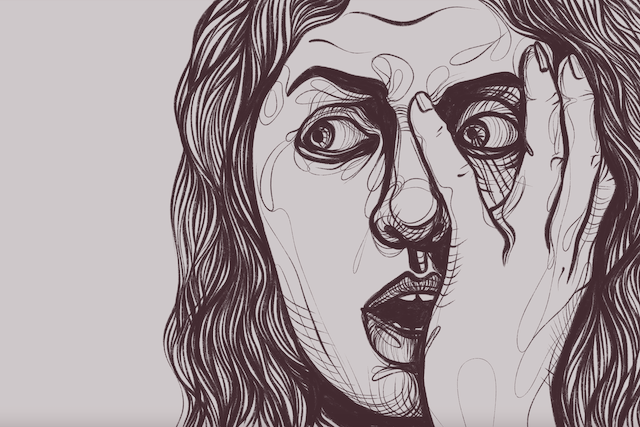Standing Side bend for Beginners and Men | A Step-by-Step Tutorial for 2024
This side bend strengthens your shoulders and core while improving mobility in the shoulders and sides of your body. This posture is also important for increasing spinal mobility and relieving tension in your spine and hips. Start with a...
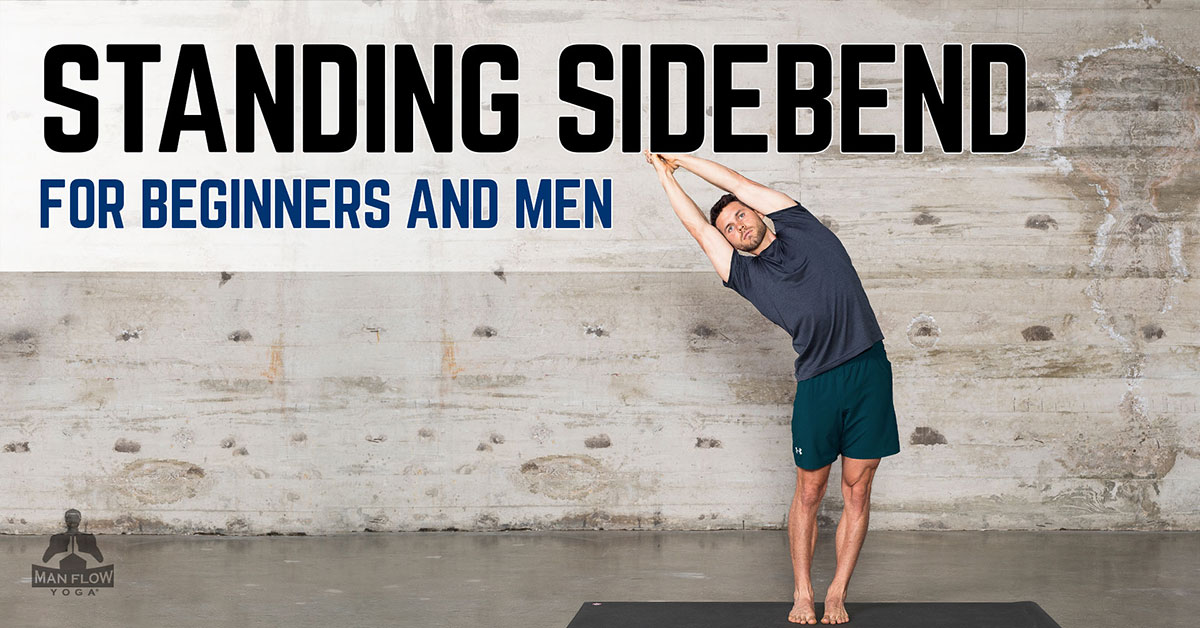
This side bend strengthens your shoulders and core while improving mobility in the shoulders and sides of your body. This posture is also important for increasing spinal mobility and relieving tension in your spine and hips. Start with a shallow bend, and focus on feeling the stretch in the correct areas.
Standing Side Bend Pose Target Areas
shoulders core spine side bodyStanding Side Bend Pose Benefits
Improves shoulder mobility and health Corrects posture Increases upper-body strength and enduranceHow to Do Standing Side Bend
– click images to enlarge –
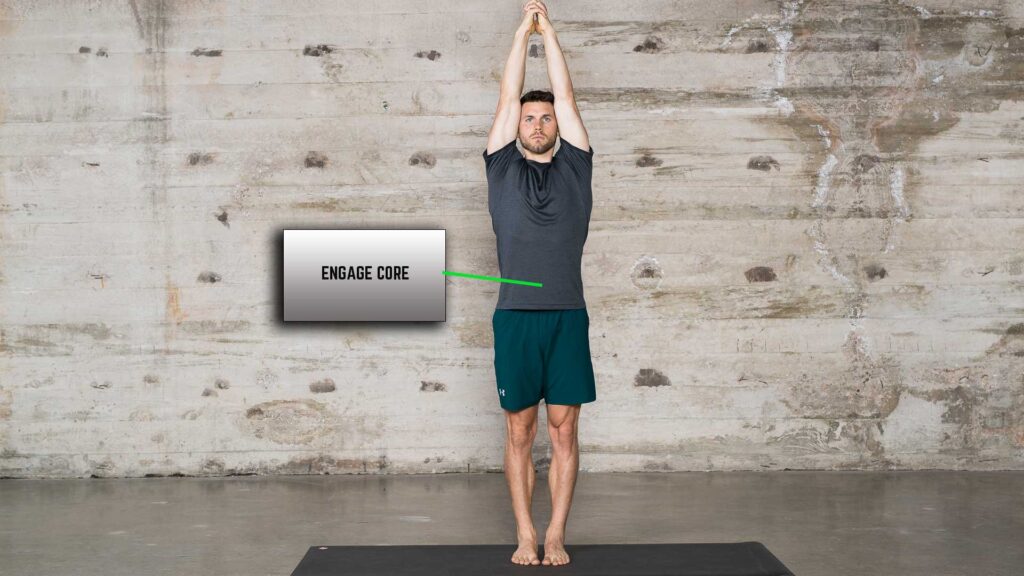 Standing Side bend – Step 1
Standing Side bend – Step 1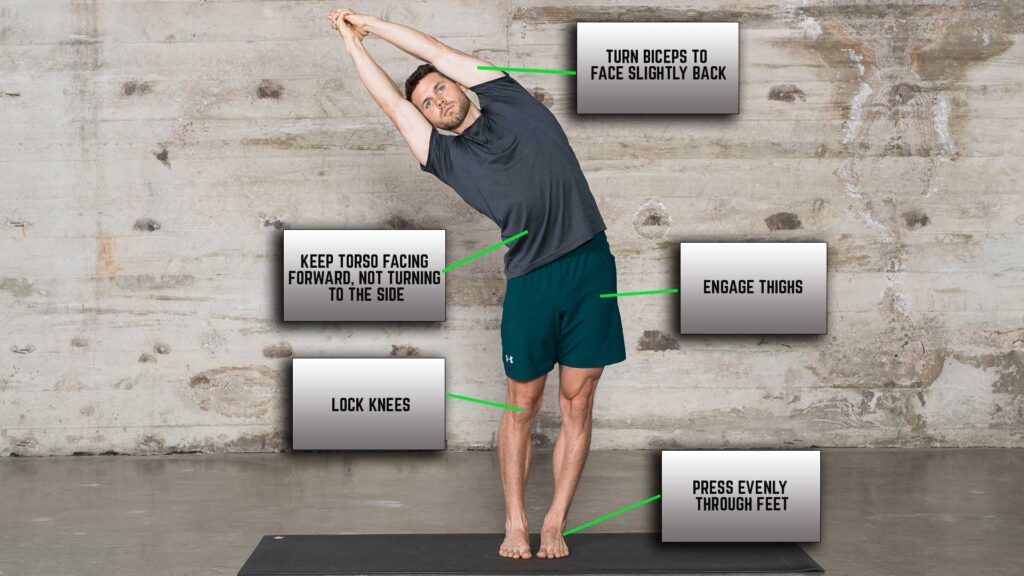 Standing Side bend – Step 2
Stand in Mountain pose with your big toes nearly touching and your heels about 1in (2.5cm) apart. Interlace your fingers overhead. Lock your arms, and point your index fingers to the ceiling.
Rotate your arms inward so your biceps face your ears. Press down into the heels and the balls of your feet. Make your body as tall as possible, then lean to the right with your upper body, hips lightly pressing in the opposite direction. Hold the posture, inhaling as you get taller, and exhaling as you bend deeper. Repeat on the left side.
Standing Side bend – Step 2
Stand in Mountain pose with your big toes nearly touching and your heels about 1in (2.5cm) apart. Interlace your fingers overhead. Lock your arms, and point your index fingers to the ceiling.
Rotate your arms inward so your biceps face your ears. Press down into the heels and the balls of your feet. Make your body as tall as possible, then lean to the right with your upper body, hips lightly pressing in the opposite direction. Hold the posture, inhaling as you get taller, and exhaling as you bend deeper. Repeat on the left side.
Cues for Standing Side Bend
Engage core Turn biceps to face slightly back Engage thighs Press evenly through feet Lock knees Keep torso facing forward, not turning to the sideWHAT YOU SHOULD FEEL
Stretch from hip to shoulder Muscle engagement in thighs, core, obliques, and shouldersWHAT YOU SHOULDN’T FEEL
Uneven shoulders; ensure shoulders are even, facing straight forwardPRO TIP: For better core stability, squeeze your thighs toward one another, and engage the muscles in the side of the body that you are stretching.
About Dean Pohlman, Founder & CEO of Man Flow Yoga, Author of Yoga Fitness for Men, Expert on Yoga Fitness for Men.
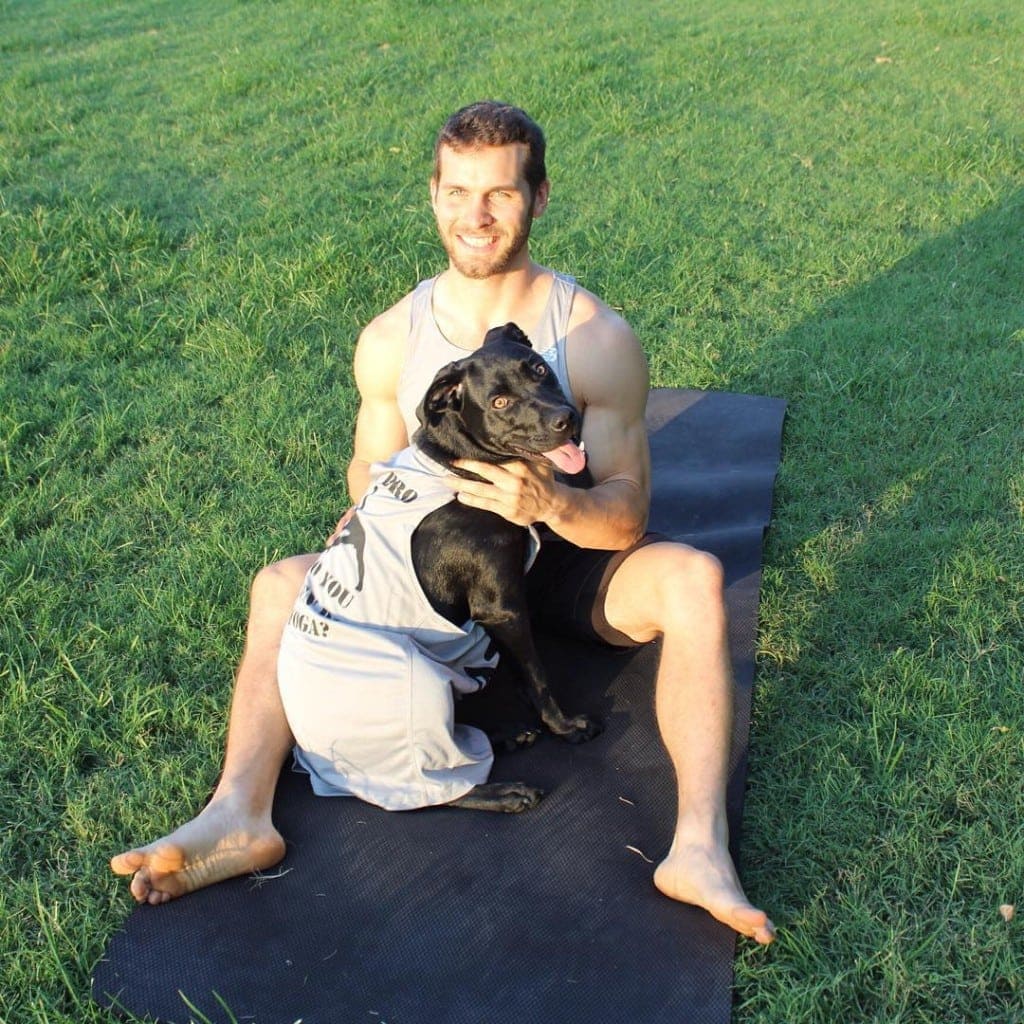
Dean Pohlman is an E-RYT 200 certified yoga instructor and the founder of Man Flow Yoga. Dean is widely considered to be an authority on Yoga for Men. He has worked with physical therapists to create yoga programs for back health and spinal recovery. His workouts and programs have been used by professional and collegiate athletes, athletic trainers, and personal trainers; and have been recommended by physical therapists, doctors, chiropractors, and other medical professionals.
Dean is a successfully published author through DK Publishing (Yoga Fitness for Men), selling 35,000 copies worldwide in English, French, and German; in addition to being a co-producer of the Body by Yoga DVD Series, which has sold over 40,000 copies on Amazon since its release in 2016.
Man Flow Yoga has been featured in Muscle & Fitness Magazine, Mens’ Health, The Chicago Sun, New York Magazine, and many more major news media outlets.
FAQs
Are standing side bends bad for your spine?
When done with proper form, can be a beneficial exercise for your spine and obliques. To avoid injury here are some tips:
– Maintain good posture as you’re doing the pose.
– Try and avoid excessive bending…listen to your body.
– Keep your movements slow and controlled.
What are the benefits of doing side bends?
Some benefits from standing side bend include:
Improvements in posture.
Increase in upper-body strength and endurance.
Relieving tension in you spine and hips.
Improve you mobility.
Why is standing side bend important?
If done correctly, standing side bend is important because it strengthens and stretches muscles that are essential for core stability, spinal health, and overall wellness.
Doing standing side bends on a regular basis, is an effective way to target lateral strength and flexibility, both of which are essential to having a strong, resilient core and spine.

 MikeTyes
MikeTyes 










